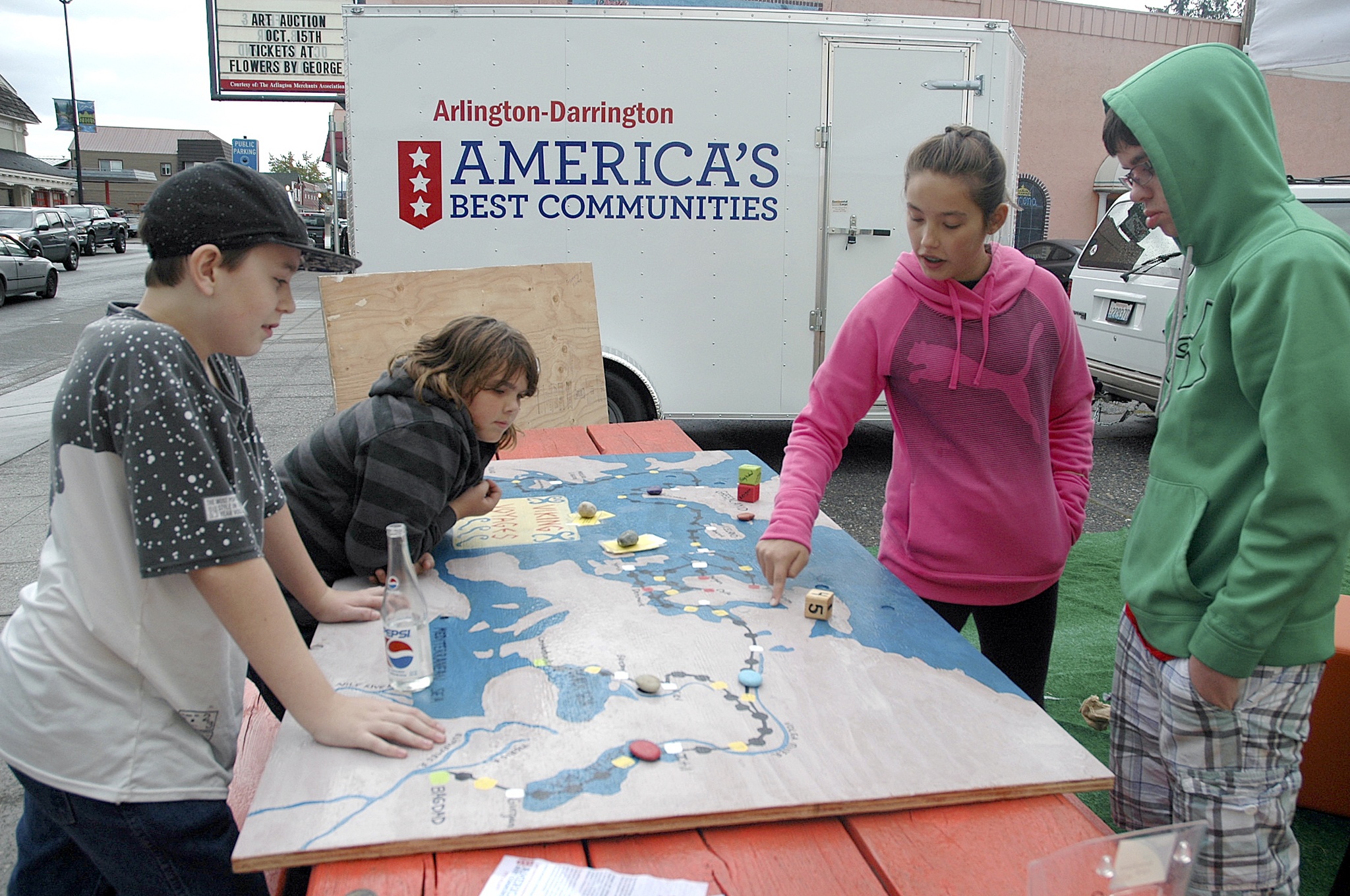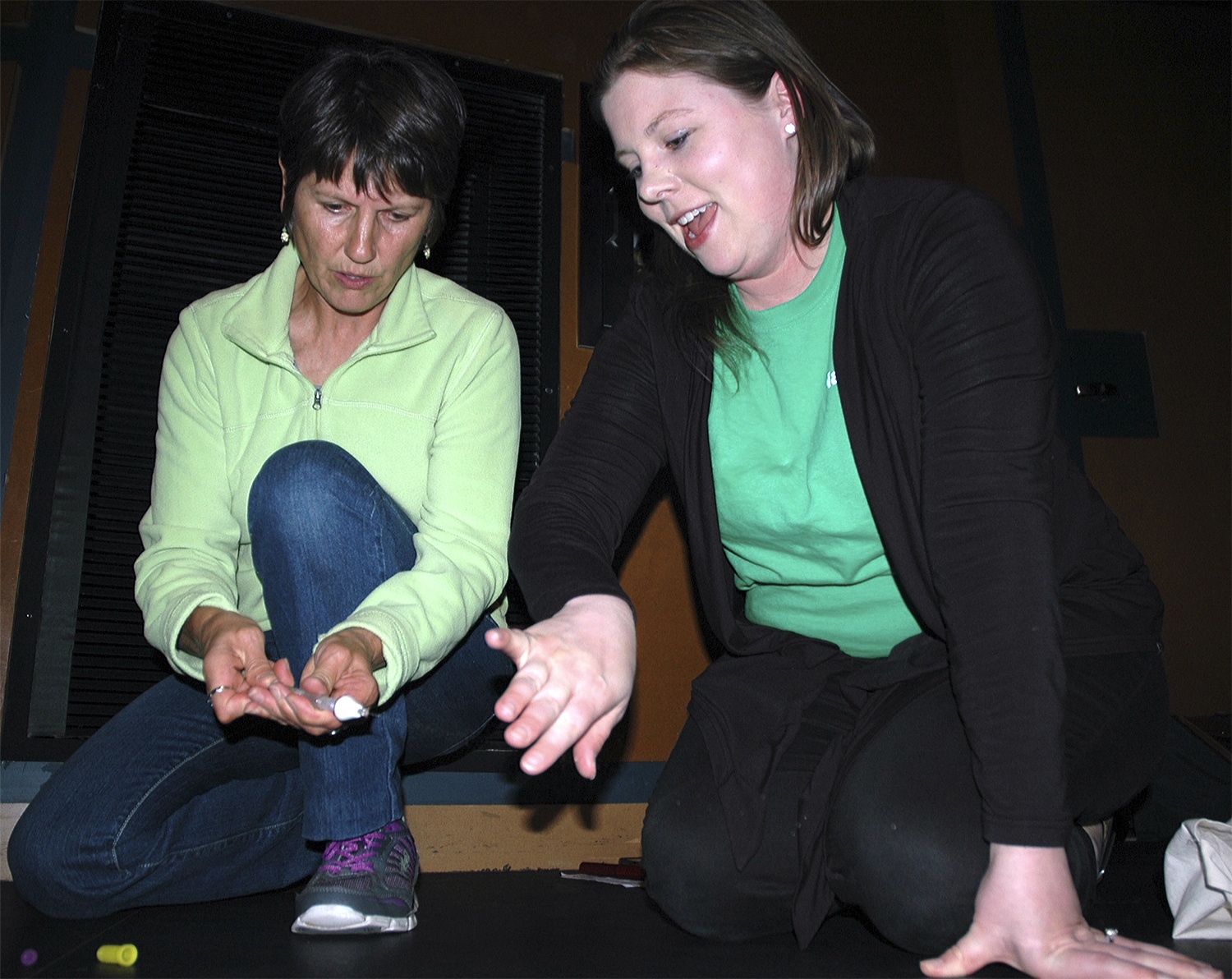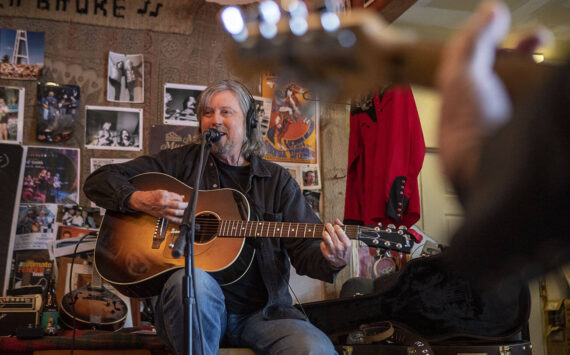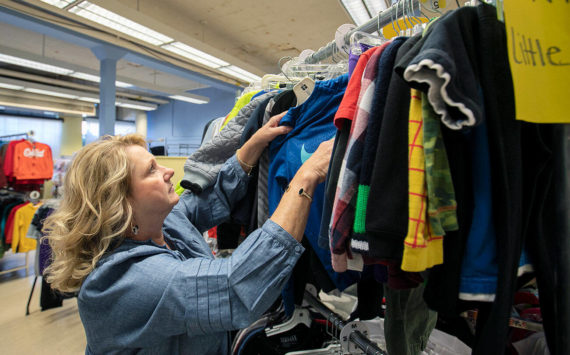ARLINGTON — When Donnica Farnsworth’s fifth-grade students at Kent Prairie Elementary first learned about solar power, it was a purely abstract concept to them, but two years after the first Snohomish County Public Utility District mini-grant to her classroom, it’s since become a tangible and relevant concern to their own lives.
For the second year in a row, the PUD awarded a $500 mini-grant to Farnsworth’s classroom to incorporate energy and water education into her curriculum, this year to fund a Solar Energy Classroom Kit which allows her students to explore how solar energy can be transferred and transformed into other forms of energy.
“The first year, we studied how the mechanical energy created by hand-cranks and other such devices could be converted into electricity,” Farnsworth said. “This summer, after attending the PUD’s Solar 101 course, [Public Education Programs Coordinator] Jenni Lamarca loaned me this kit to see if I wanted it. It’s actually a nice extension of what we learned last year because solar-to-electrical is yet another form of energy transfer and transformation, just like mechanical-to-electrical.”
While the eventual goal is to design miniature vehicles, from toy cars to toy boats, that will run on solar energy, Farnsworth’s students have thus far ventured only as far as using solar panels and closed circuits to power automated fans, miniature music players and small LED displays.
“Through trial and error they’ll learn how to maximize solar energy and make it more efficient,” Farnsworth said. “What’s great about these kits is that they allow students to manipulate the solar cells, not only by adjusting the angles of the panels on the mechanical devices to catch more sunlight, but also by adding more panels to add power and speed.”
Although the mini-grant required that each expense be itemized, Farnsworth praised the PUD for being easy to work with, right down to its delivery of the Solar Energy Classroom Kit to Arlington. Having witnessed her students’ reactions to this learning tool, she considers it more than worth the hoops that had to be jumped through to get it.
“I’m excited to see where they’re taking these explorations now,” Farnsworth said of her students, while they hooked up their circuits and squinted against the sun while holding their solar cells aloft to test their devices. “I start off with only a few questions, and after that, they launch off into their own directions. It’s different from texts because they can experience the lessons for themselves. It puts the power to physically manipulate this stuff into their hands.”
Among the lessons afforded by such direct hands-on experimentation is perseverance, as fifth-grader Connor Jurden spent more than 45 minutes struggling to figure out why his portable radio didn’t seem to be getting a signal, to his admitted frustration, before he realized that he hadn’t configured the circuit properly.
“It’s still really fun,” Jurden said. “You’ve got to keep trying, though. Solar energy is really good for running mechanical devices and even powering houses, since the users can generate that power.”
“It’s pretty awesome,” agreed fellow fifth-grader Destiny Voigt, who had to improvise initially when her project faced a dearth of alligator clips to hold her circuit together. “You get to test out all sorts of things. What’s great about solar is that it doesn’t run out, because the sun doesn’t run out. I’ve heard that oil is running out and isn’t quite as good for the earth.”
“When these kids see that they can capture and transform energy, it’s an ‘A-ha!’ moment for them,” Farnsworth said. “Not only does it excite them, but it inspires them to come up with questions of their own.”







